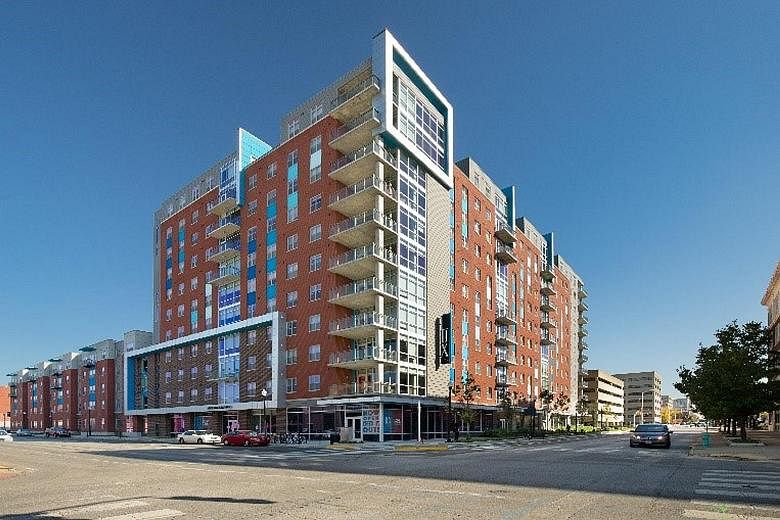For GIC, what is key is for the manager of Singapore's reserves to be always mindful of the risk-reward outcome when evaluating investments.
This was also the view taken before the global financial crisis, when GIC was assessing the situation. Chief executive officer Lim Chow Kiat recently shed more light on the risk-reward approach at a briefing ahead of the release of GIC's results.
He noted that before the global financial crisis, growth was very strong and spreading. Housing markets were booming. The financial sector had shadow banking-type activities. "I remember we turned cautious around then. This was not predicting a crisis, but the risk-reward was not good with tight spreads stretching valuations. So we figured we needed to take some money off the table," he said.
"We can't draw the exact parallel now, but we believe this risk-reward way of thinking about investing is the right way. If you were to take risks, you must expect some level of reward. If this does not exist, then you would be better off not taking the risk.
"That would be the parallel we draw. This risk-reward point is key and our teams are working hard to understand the drivers and triggers of that. We have identified a few possible problems - rising interest rates and escalating trade frictions could be some of them."
In view of the high asset valuations, increased risk of monetary policy tightening across different jurisdictions and elevated uncertainty, partly due to rising trade tensions, GIC has chosen to keep a cautious investment stance. "The fact is when you start with high valuations, the plane is already tilted. It's an uphill climb already," Mr Lim said.
On the market's vulnerability a decade since the global financial crisis, and the need to save some "dry powder", he said the calibration is still down to risk and reward. "We just don't see the risk-reward ratio to be so good that we want to be fully invested.
"Currently, prices are certainly not factoring in or expecting that kind of outcome, so that makes the investor's perspective of returns going forward to be particularly unfavourable. With dry powder, even with some volatility, it gives many opportunities for our teams to relook at some areas that were previously expensive."
GIC group chief investment officer Jeffrey Jaensubhakij said: "What matters is whether in the current environment, we can find things where risk-reward is reasonable and we can put things to work. That is an emphasis for us. Our groups are still finding assets with good risk-reward ratios, and work even harder to find them before others do."
GIC is known to own many office blocks in major cities. But, as Mr Jaensubhakij said, with real estate having done well and becoming more costly, forward returns will be lower. GIC has sold a number of office properties in recent months.
For example, reports said 5 Broadgate, jointly owned by British Land and GIC, and which houses Swiss bank UBS' London headquarters, was sold to tycoon Li Ka Shing's CK Asset for £1 billion (S$1.8 billion) last month.
Mr Jaensubhakij said: "We need to look outside of core real estate and see where rental yields are better, more stable and where prices are not so high. Our teams on the ground have sourced opportunities such as student housing, rental apartments and data centres where rental yields are higher than traditional assets."
In January 2016, GIC inked a joint venture - Scion Student Communities - with the Canada Pension Plan Investment Board and The Scion Group, and has since completed more than US$4 billion (S$5.5 billion) of investments. These have included investments in student housing in the US.
Mr Jaensubhakij said: "Most importantly, in this low-return environment, we emphasise to our teams that more risk doesn't mean better returns."

